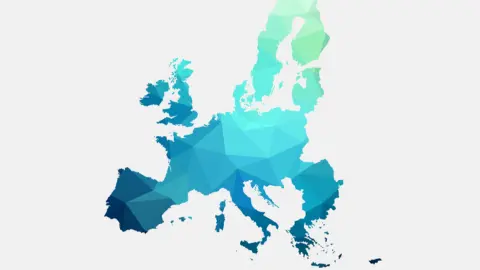Asia week ahead: Floodgates of central bank easing to open
The central banks of Australia, New Zealand, Malaysia, the Philippines, and Thailand are set to meet next week and most of them are expected to cut rates. But the continued strength of the Chinese economy and a trade deal which might be just around the corner could change things quite a bit
Five central banks meet - and most may ease
The central banks of Australia, New Zealand, Malaysia, the Philippines, and Thailand are set to meet next week and we think the economic fundamentals of these countries argue for easing. Better now than later for some economies, here is why we think they should cut rates:
- The Reserve Bank of Australia’s minutes from the policy meeting in April confirmed a shift in the policy stance from neutral to easing. Released subsequently, a sharp slowdown in consumer price inflation to 1.3% in 1Q19 tipped us to forecast a rate cut in the current quarter. A cut just days ahead of the Federal elections scheduled on 18 May would still be a controversial decision for RBA policymakers, but any more signals of easing will be enough to strengthen the consensus for a cut at the June meeting.
- The Reserve Bank of New Zealand shares the same economic backdrop as its Australian counterpart and is expected to follow the same policy path. Inflation continues to grind lower with weak jobs growth possibly keeping it firmly on that path going forward, while the headwinds to growth remain strong.
- The Bank Negara Malaysia has plenty of room to ease at the next meeting. Inflation turned positive in March after two months of being negative, but it’s still negligible (0.2%), and this strengthens the case for a central bank cut to shore up future growth.
- The Bangko Sentral ng Pilipinas can justify a policy easing on the grounds of rapidly falling inflation. Philippine's central bank easing options include either a rate cut, the banks’ reserve requirement rate (RRR) cut, or both. The April CPI numbers come a few days before the central bank meets on 9 May and will be a crucial input for policymakers, followed by 1Q19 GDP on the same data as the policy meeting. Our estimate has GDP growth slipping to a four-year low of 5.9% from 6.3% in 4Q18.
- The Bank of Thailand's meeting will be a non-event again. The central bank's sustained hawkish tone prevents us from expecting a rate cut this year, even as the argument for easing is just as strong as it is for its Asian peers with growth starting to taper off and inflation being no hurdle.
US and China closing on a trade deal
According to media reports, one last round of negotiations between the US and China could pave the way for a deal (or no deal) as early as next week. Going by the increasingly positive rhetoric from US negotiators, and President Trump himself, a deal is more likely than not, even as the US maintains the threat of pulling out any time.
Anyway, a deal may lift a key overhang on global markets, but not necessarily on the global economy. Even if there is a deal, the complete roll-back of US tariffs on $250bn of Chinese products will take a while or, it may not happen at all. Moreover, the US administration's trade war is no longer limited to China only as tensions with the other significant trading partners including the EU and Japan simmer in the background. Hence disruption to the real economy from the protectionist sentiment is likely to be an ongoing concern.
What’s good for China is good for Asia
Good news for Asia is that the region’s engine of growth – the Chinese economy – continues to steam up. Despite the trade dispute, China’s exports growth has been positive, while most other economies in the region have been posting export declines this year.
China’s April economic data flow starting next week will be closely watched for what it says about GDP growth in the current quarter. Released earlier this week, China’s purchasing manager indexes (PMIs) for April remained in the expansion zone (above 50 reading), albeit with some moderation. However, falling export orders component of the manufacturing PMI suggests to us that the authorities should maintain a stimulatory macroeconomic policy setting for now.
Trade, inflation, and GDP releases from the rest of the region crowd the calendar. Indonesia’s GDP growth in 1Q19 may have received some boost from election spending and just like Korea, the electronics-led slowdown has a firm grip on exports in Taiwan and the Philippines.
Asia Economic Calendar
This publication has been prepared by ING solely for information purposes irrespective of a particular user's means, financial situation or investment objectives. The information does not constitute investment recommendation, and nor is it investment, legal or tax advice or an offer or solicitation to purchase or sell any financial instrument. Read more
Download
Download article
2 May 2019
What’s happening in Australia and around the world? This bundle contains 8 Articles